Friction Stir Welding (FSW) is a revolutionary welding technique that has transformed the way materials are joined. It combines mechanical and thermal energy to create strong, defect-free welds without the need for filler materials or melting the base metals. Used across industries like aerospace, automotive, and shipbuilding, FSW is recognized for its efficiency, precision, and durability.
What is Friction Stir Welding?
Friction Stir Welding is a solid-state joining process where two metal pieces are welded together without melting. Instead, the heat generated from friction softens the materials, allowing them to mix and bond at a molecular level.
This method is particularly effective for materials that are difficult to weld using traditional fusion welding techniques, such as aluminum alloys. FSW produces high-quality welds that are stronger and more consistent than conventional methods, making it ideal for applications requiring precision and reliability.
Friction Stir Welding Process
The Friction Stir Welding process is a mechanical method that involves three key stages:
Tool Positioning: A specially designed rotating tool, featuring a probe (pin) and a shoulder, is positioned at the joint of the two materials to be welded.
Friction and Heat Generation: The rotating tool is pressed into the material and moved along the joint. The friction between the tool and the material generates heat, softening the metals without melting them.
Material Mixing and Bonding: The softened materials mix under pressure from the tool, creating a solid-phase weld as the tool moves forward. Once cooled, the joint becomes strong and seamless.
This process is highly controlled and can be automated for precise, repeatable results, making it a favorite in industries requiring high-performance welds.
How FSW Works?
Friction Stir Welding works by taking advantage of the mechanical friction between the rotating tool and the workpiece to generate heat. The key steps in its operation are:
- Heat Generation: The rotating tool creates heat through friction, which plasticizes the material around the joint.
- Material Movement: The tool’s design ensures that softened material flows from the front to the rear of the tool, facilitating mixing.
- Forging Action: The pressure applied by the tool’s shoulder consolidates the material, forging it into a solid joint as it cools.
The non-melting nature of FSW makes it especially valuable for joining lightweight materials like aluminum, magnesium, and copper, as well as dissimilar metals. Its ability to produce defect-free joints with minimal distortion and no filler materials or shielding gas makes it an environmentally friendly and cost-effective solution.
Conclusion
Friction Stir Welding is a game-changing technology that offers unmatched benefits in terms of weld strength, consistency, and efficiency. Whether it’s joining lightweight alloys in aerospace applications or creating durable seams in automotive manufacturing, FSW has set a new standard for welding excellence.
By understanding its process and functionality, businesses can leverage this innovative technique to achieve superior results in their welding projects. As industries continue to evolve, Friction Stir Welding remains at the forefront of modern manufacturing technologies.

